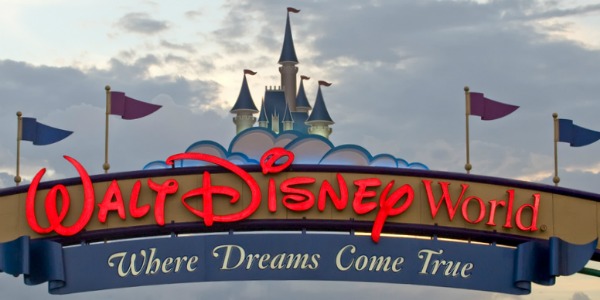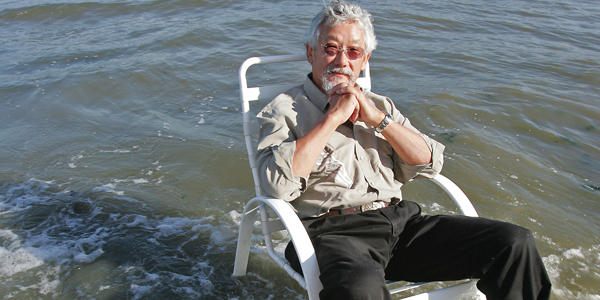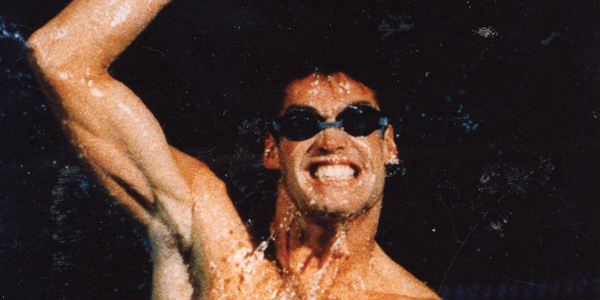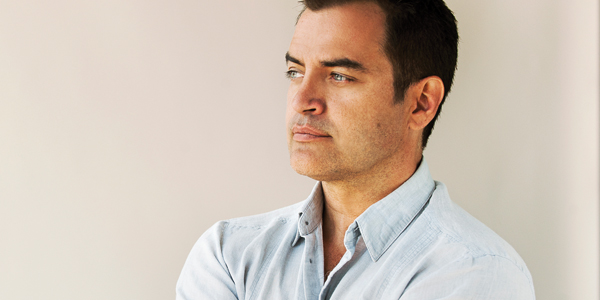One thing is for sure, branding is big business. From Mom and Pop entrepreneurs to global conglomerates, creating the perfect brand can be costly.
If you ask most people, “What is a brand?” they’ll respond with a name or refer to a logo. The global power brands are first to leave the lips: Starbucks, Coke, Disney, Apple, Budweiser, Toyota – the list goes on and on. When asked to identify logos, the Golden Arches of McDonald’s, the Nike “Swoosh”, Apple’s Apple, and the playboy Bunny always have an extremely high recall factor.
But a name and a logo does not make a brand. Are they important? Yes. But at the end of the day a logo is a symbol for the brand, and the business name is just that – a name. They can, however, play a major role in defining the business, provide recognition or identity, and evoke an emotion in customers that instantly conjures up that product or service.
The power of branding is realized when the connection between consumers, clients, or end-users unite with a product, service, or offering. Here is a common definition of branding, and one that’s brilliant in it’s simplicity: A brand is a collection of perceptions in the mind of a consumer.
If you’ve read the great article by Howard Schultz, President and CEO of Starbucks, you’ll see that he summed up the relationship between Starbucks and its customers this way, “It’s a connection. And it’s that simple act that’s at the heart of our business”.
Success in business, or in our personal lives, will always come down to the connections we have with others.
Starbucks, Apple, and Nike, like other successful brands, have built relationships with their customers by applying strategic branding principles that are tried, tested, and true. But can people, like you or I, take those same principles to effectively build our own personal brands? Absolutely!
The objective of this article is to make you think about you. If a brand is a collection of perceptions in the mind of a consumer, then how are you being perceived by your clients, co-workers, friends, family, and community? How well do you connect with your end-users? How we look, act, and behave plays into these perceptions and creates what I call “The Brand Within”.
 Bono has differentiated himself from others with his voice, look, swagger, and style. The trademark designer glasses he wears don’t improve his vision; they make him more visible. Thirty years ago he was a bar band singer; today he’s one of the most influential activists in the world.
Bono has differentiated himself from others with his voice, look, swagger, and style. The trademark designer glasses he wears don’t improve his vision; they make him more visible. Thirty years ago he was a bar band singer; today he’s one of the most influential activists in the world.
But the brand within is not only about you personal brand and how you leverage it. It’s about challenging you and realizing that greatness lies deep inside all of us – it’s simply a matter of tapping in to that potential and allowing yourself to excel and exceed.
Before we get to you, let’s take a step back and list what some of these branding principles are:
- Differentiation
- Core Values and Purpose
- Knowing Your Customer
- Producing Great Products and Providing Superior Customer Service
- Consistently Delivering On Your Promise
I’m not suggesting that these are the only principles used in branding, but the ultimate goal for every organization is to create a positive brand experience. You might not have the best-tasting coffee in the world, but if you create a positive brand experience with the customer, the actual product can often take a back seat to the experience. The better the experience, the greater the chance for repeat business, word-of-mouth advertising, and the better chance customers will give a brand a second chance should they encounter a negative experience.
If you consider these principles, it becomes clear how Starbucks became such a global powerhouse – and by the way, have you ever seen a Starbucks TV ad or heard one of their radio spots? Word-of-mouth has power beyond belief.
So let’s apply these strategies to people. What do you think when you hear the names Oprah, Trump, Diana, Tiger, or Beckham? They’re all powerful brands, virtually industries unto themselves. Love them or hate them, we all have perceptions of these brands, and we either connect with them or we don’t. remember, the consumer decided what the brand is.
Trump can tell us until he’s blue in the face how great “The Celebrity Apprentice” is, but viewers decide if that statement is true; its success is ultimately measured by ratings.
Let’s take another brand powerhouse and see how he’s used these principles to build his brand. Paul David Hewson, the lead singer of U2, was born in Dublin, Ireland in 1960. We know him by one name – Bono. Bono is one of the most recognized figured in the world. Selling 140 million albums, winning countless Grammys, performing record-breaking world tours, and fronting one of the most successful rock bands for over three decades gets you a lot of face time on planet Earth.
Bono and U2 have been on top of their game for a very, very long time. Among his many business ventures, Bono is also considered one of the best-known philanthropic performers whose relentless drive and energy to support humanitarian efforts is unsurpassed. His commitment to raising awareness to the injustices in Africa have both rallied and irked world leaders and set a standard of accountability that takes no prisoners. Make no mistake about it – Bono is a brand. He’s not perfect, but no brand is.
The theme that consistently defines three decades of Bono stems from his core values: justice, passion, and creativity. He’s results-oriented and customer focused. Whether on stage or off, he consistently displays these tenets in every aspect of his life.
Everyone is a customer to Bono. From fans and friends to political hotshots to the disadvantaged, Bono works his strategy with precision-like skill. He sees his “customers” as an integral part of his fulfilling purpose and mission, and he knows that if he fails to deliver, the perception will change in the eyes of the “customers”.
U2’s longevity can certainly be attributed to their body of work. Fans expect the best from Bono and U2, and Bono works hard to meet these expectations. Business is good for Bono, as it is for Starbucks.
The question I’m posing to you is, “Can you take these strategies and build your brand to fulfill your business or personal objectives?” “How great can you be?” Oprah is a farmer’s daughter, Princess Diana was a kindergarten teacher’s aid, and Bono, he’s a bar band singer who has become so much more. How far can you take your brand? Here are five surefire ways to build your personal brand and raise your game:.
5 Steps to Branding You:
- Identify Your Core Values
Choose five or six values that truly represent who you are. Respect, honesty, integrity, innovation, risk-taking, and results-oriented are just a few examples of values. Your core values are the heart and soul of who you are, what you stand for, and how you conduct yourself. Your behaviors should support your values. If you stand for respect, then show respect for those around you – consistently. - Create a Mission Statement
A mission statement is a clear, articulate descriptor of why you do what you do. It’s your guiding philosophy, but more importantly, it will keep you focused and committed to your purpose. For a step-by-step guide, Google the phrase, “How to create a personal mission statement” for some great ideas. - Know Your Customers
If your customers decide what your brand is, then you better know who your customers are. Whether you view this branding process for your business or your personal life, simply define your customers and see everyone you interact with as your end-user. Whether it’s customers, co-workers, suppliers, family, or your community, they all play an integral part in your success. Take them time to focus on them and you’ll see how quickly they focus on you. - Create a Positive Brand Experience
The Starbucks Experience is the key to their success so why not make the experience people have with you unforgettable. Perception is reality, so what your customers think is what matters. Since your actions and behaviors define you, ensure the lasting impression you leave is a good one. - Be Yourself
Authenticity is one of the key characteristics of a great brand, so if you want to add value to yourself, your customers, or your organization – be real, be sincere, and watch how positive word-of-mouth messages catapult your brand to greater heights.
Remember, building your own personal brand takes time. Nobody is perfect, but if you implement a good strategy, great things will happen. Bono started as a bar band singer and thirty years later became Time Magazine’s Person of the Year. As he has often said, “Nothing happens by chance. You don’t end up in front of twenty thousand people on stage by accident.” Your success is not based on luck, it’s built on the connection you have with everyone in your life. Get connected and live the life you were meant to live..
5 Ways to Derail Your Brand
It takes years to build your reputation and seconds to ruin it. Here are five guaranteed ways to take your personal brand right off the rails:
- Disconnect Between You and How Others Perceive You
Get in tune with who you believe you are and how others perceive you. If there’s a gap, close it. - Poor Judgement in Ethics or Morals
There are a number of CEOs in prison, and an equal number of celebrities who didn’t heed this advice. - Inconsistency in Behavior
Negative thinking and a bad attitude are guaranteed to turn people off. - Not Aligned with Organizational Values, Strategy, or Goals
If you’re not the right fit for your job then do something about it. Why waste time being misaligned? - Competency and Skill Set
If you’re not doing your job well, or not willing to improve, then you’ve created zero value for those around you.






